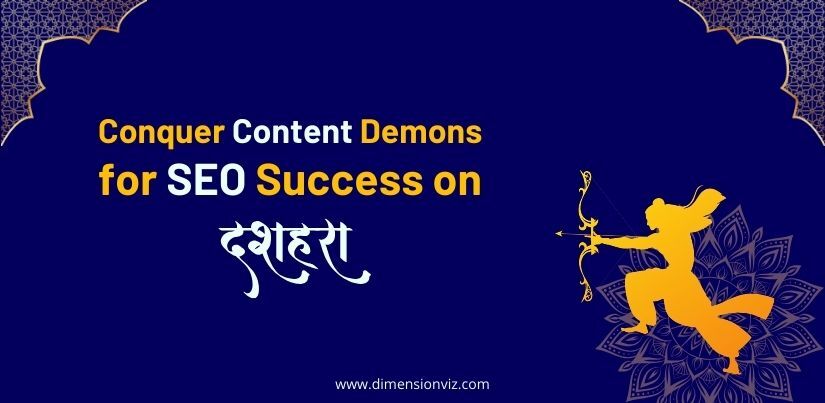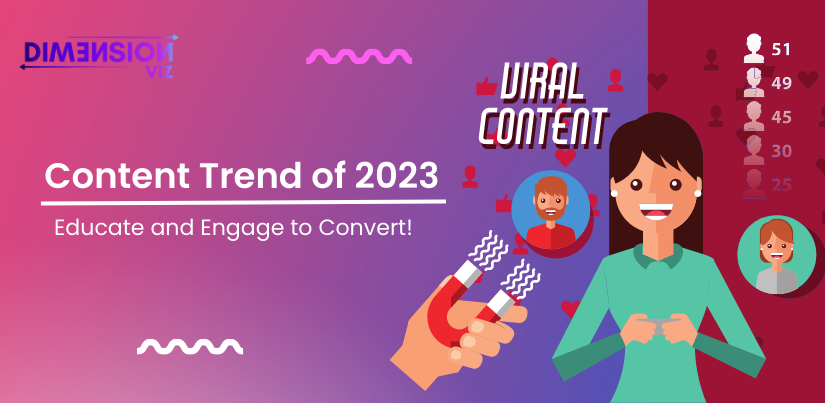Good Content Costs Significant Money
Determine the appropriate budget so that your content can significantly impact your prospects.
Have you ever searched for average content on the internet? Neither have I. Everyone values high-quality content. However, when it comes to rewarding excellence, the marketing industry is on a downward spiral.
Why? Let’s get started.
Content Is Written To Rank Versus Content Written To Be Read
Before creating website content, you should usually answer a few questions.
- What is the purpose of this?
- What do we want this content to accomplish?
The answers will determine the type of marketer you are.
Affiliate marketers exist solely to generate clicks. They combine two of the most important phases of the search’s muddled middle which are subject research and selection evaluation. Then they offer a “done for you” service.
“We looked into options for you; we narrowed your options; click here to find a great price.” What matters most to this type of marketer is that the content is viewed by a human and that the viewer clicks a link.
No in-depth reading is required. They only need and desire to scan and click. The cost of this type of content is upfront. Because the marketer cannot profit until the content ranks, it makes sense to try to generate content as cheaply as possible.
Reading content is not the same as writing content. Because the content cannot achieve its objectives if it is not read. You may wonder, “What do we want the content to accomplish?”
For change to occur, we create excellent content. The reader is the one who has changed. That shift could affect how they perceive your company. The reader may perceive you as an expert and support your cause or values. They begin to want your products, your knowledge, and your ideas.
And no change can occur unless the words are read. It is critical to understand your goals for the content you create. If you want them to skim and click, the price of the content is irrelevant. Quality usually means providing the bare minimum of topic coverage to satisfy the search engine’s AI because you’re in a hurry to make money.
But what if you run a business that caters to humans? Those people have a choice. The onus is then on you to create content that impacts readers.
But what exactly goes into that kind of content? Let us investigate.
What factors contribute to great content?
Blood, sweat, and tears, to be exact. It’s never just a business blog post. It adds value to the web as well as the business. The issue is that for years, marketers have been in a content race to the bottom.
“What is the bare minimum for which we can obtain our content?” As a result, there is a lot of bad content. It’s the incorrect way of thinking about content.
Cheap content is rarely of high quality. Great content comes at a cost. And it’s frequently heavy.
This is why.
Great content is created rather than written. As a result, content writers are content builders, and each piece of content they create is layered with blood, sweat, and tears.
The Architect’s path to high-quality Content
If great content is built rather than written, it stands to reason that skilled labor is used to create it. And skilled labor necessitates remuneration commensurate with the time spent learning the trade.
“We need to create great content,” should be the mental model for content. “How much does great content cost?”
To break down the content process, great content necessitates:
- Keyword investigation
- Outlining
- Subject investigation
- Grammar understanding
- Writing ability
- Writing expertise
- Image production
- The following optimization
- Making a headline
- Editing \sDesign \sUpload
I’m sure I left something out, but each of the skills listed above is valuable in its own right. But when all of the above elements come together in the right proportions, magic happens.
That is the alchemy involved in creating good content. And, yes, this may imply that multiple people with varying skill sets collaborate on creating great content.
However, words will always carry the most weight. When Brian Dean wrote his famous skyscraper technique post, he wrote a post that was meant to be read rather than just ranked online.
The result is, It’s most likely one of the most well-known and widely employed content and SEO techniques. It also generated over 15,000 backlinks from over 3,000 domains. Sure, he had no idea how well that content would perform.
However, by combining all of the skills listed above, the content broke records. It would have failed if he hadn’t designed the content, had a great writing style, and included images in all the right places.
But how much should good content cost? To decide, we must examine the science behind what content does.
Alchemy is content. Price appropriately.
The ancient alchemists attempted to convert any metal into gold. Modern alchemy takes place in the mind. Behavioral science has shown that humans are constantly looking for signals to help us make sense of our surroundings.
We eat at a busy restaurant rather than a quiet one, believing that the latter will serve better food. We choose the more expensive bottle of wine because we believe it will taste better.
The term “costly signaling theory” refers to a branch of behavioral science. This is all part of the process of creating high-quality content. We all know that writing content at any level consumes a significant amount of resources.
That writer’s time should be spent uploading and designing images. Even if the reader is unaware of the other complexities of content creation, he or she is aware that “work” goes into the content.
In other words, content is a visible investment in your company’s reputation that the reader can assess. The content is aimed squarely at your prospects.
“We’re the experts. Select us. We’re not going anywhere.” And the desired change can occur when the reader absorbs the content.
That change could be the decision to buy something. It could be to sign up. It’s also possible that they’ll remember your company when the time comes to make a purchase. But it goes a little deeper than that. Because we are an information-hunter species that requires nourishment.
Hunger Games for content
The concept is straightforward. Information, like food, is a resource that we consume. And we seek out high-quality information sources. This is how we evolved as a species through shared knowledge.
The internet now handles a large portion of our collective knowledge. And now we’re online hunters, looking for juicy bits of information to consume. The quality of your information will be used to judge your company. And you’ll be judged initially based on what’s known as “information scent.”
In short, users will evaluate your content based on how much value they believe it will provide them before consuming it. Yes, your content is judged by the cover, just like a book, except the cover is a scan read of your content.
Typography numbered lists, and interesting H2s are all important design elements that influence the reader’s decision to consume your content. Then your words must stay on the page, moving from line to line through your content. Because they are looking for high-quality information to help them make an informed purchase decision, your prospects will judge you based on the effort you put into your content.
This is why the overall quality of your content is critical. Great content has a big impact. Having that kind of impact takes time, effort, and skill. You should also be prepared to pay for this.
But how do you determine the value of high-quality content?
Selling the intangible value of content
If the content has a measurable impact, we should start charging for it. So, how do you go about doing this? The old content pricing model is “by the word.” It is cheap and produces content waffles.
The word count should serve as a guideline. It allows you to quickly grasp the required depth of the content. However, it is not a target. When the content is good, it is finished. Not because we’ve reached a certain word count.
Content connects a company to its customers. It’s a link that allows prospects to make informed decisions.
It also serves as a costly indicator of intent and dependability. It can generate leads and push them to prospects through paid and organic social media. It can also draw customers to your website by acting as a door through a good email marketing message or a high Google ranking.
And, as previously stated, good content demonstrates expertise.
So, how much is that worth? I know it’s difficult, but I’m doing it to make your life easier. Don’t consider how much the content should cost. Consider your content marketing budget.
How to Create a Sufficient Content Budget
In general, your content budget should be included in your SEO retainer and should be part of your brand marketing budget.
Consider your requirements. Do you need 45 articles or just 12 to generate traction for your business? But that is the issue. “What do I need to create for the change we seek to occur?”
You should then seek funding to make this a reality. But what about single articles? How much should you spend?
This is the incorrect question. Consider this instead.
- What are you willing to pay for the change you want to see?
- What is the value of an article that ranks online and promotes your company to you?
- What is it worth for someone to think positively about your company?
- This is the figure with which you begin your inner negotiations. Then you must find and assemble the people who can assist you in creating great content.
SEO experts, writers, content creators, and editors could be just one person. It could be a company. It could be a group of skilled individuals.
And if this sounds pricey, that’s because it will be. This is why you must set aside a substantial budget for your content. The expensive bottle of wine on the supermarket shelf has excellent content.
You’re not buying it because you want to drink something. You’re purchasing it because you want to experience the impact of high-quality wine.
And if you want your content to make a big impression on your prospects. You must invest in content assets that will have that effect.







